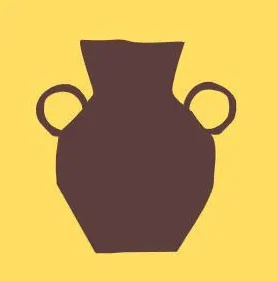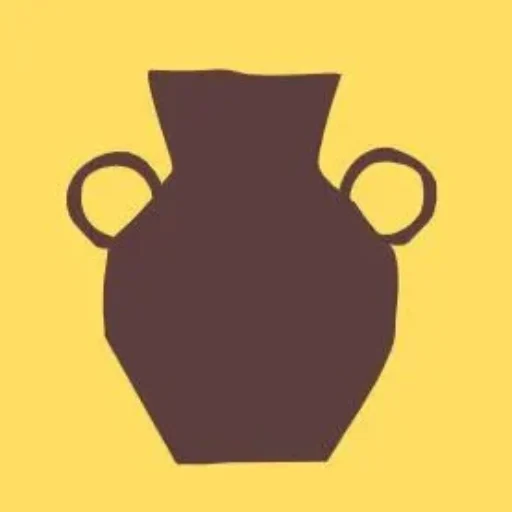When people think of archaeologists, they often imagine someone brushing dust off ancient relics or carefully excavating bones in the desert. While that’s part of the picture, what many don’t realize is just how important an archaeologist’s tools are to their work. These tools are the key to unlocking stories that have been buried for hundreds or even thousands of years. Just like a detective relies on a magnifying glass and notebook, an archaeologist needs their own set of essential tools to help them uncover the past.
Every dig site is different. Some may be dry and sandy, while others are muddy, rocky, or even underwater. That’s why archaeologists must be prepared for a range of conditions and discoveries. At the heart of their toolkit are the basics: a trowel, brushes, buckets, and measuring tape. The trowel is perhaps the most iconic tool. It’s not just a mini shovel—it’s a precision instrument used to carefully remove layers of soil without damaging any artifacts hidden within.
Brushes come in all shapes and sizes. Soft bristles are perfect for gently cleaning fragile items like pottery or bone. Toothbrushes are even used sometimes, not for dental care, but for their perfect size and stiffness. When a small object is discovered, brushes help archaeologists remove dirt without scratching or damaging the surface.
Buckets and sieves play an important role too. After digging, soil is often sifted through a mesh sieve to catch smaller objects that may have been missed. It’s not uncommon to find beads, coins, or tiny bones this way. Archaeologists know that even the smallest items can hold great meaning.
Measuring tools, like rulers, tape measures, and grid frames, help keep track of where each artifact is found. Archaeology isn’t just about finding objects—it’s about understanding their context. If a tool is discovered next to a fire pit, that might tell us how people cooked. If bones are found near pottery, it might suggest a burial or a ceremonial area. Measuring and recording every detail helps archaeologists piece together the bigger picture.
Modern archaeologists also rely on technology. GPS devices help map excavation sites, while digital cameras and tablets allow for detailed record-keeping. In some advanced digs, drones are used to get aerial views of sites, and ground-penetrating radar can detect buried structures without disturbing the soil.
One of the great things about teaching kids archaeology is showing them that they too can explore with simple tools. At Dig Quest, we’ve created kid-friendly mini dig kits that include plastic trowels, brushes, and even replica artifacts. These hands-on tools help students feel like real archaeologists as they learn how to excavate, clean, and analyze their finds.
Understanding the tools of the trade gives young learners a deeper appreciation for the work archaeologists do. It also teaches patience, care, and observation—skills that are valuable in any field. Whether they’re working in a lab, on a dig site, or in a classroom, archaeologists rely on their tools to guide them through the layers of history. And now, thanks to programs like Dig Quest, students can pick up those tools and begin their own journey into the past.


